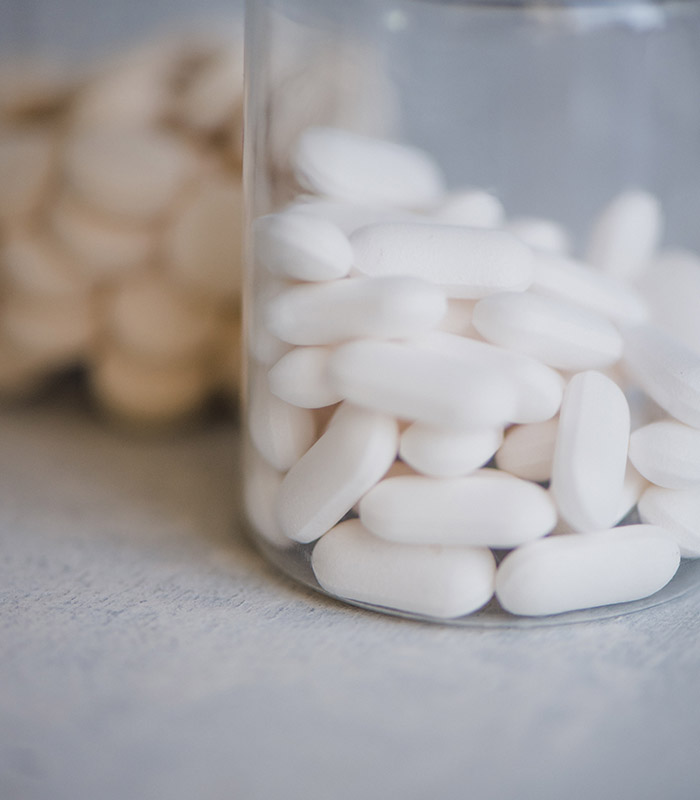Opioid Facts/Risks
What Are Opioids?
Opioids are a class of drugs that includes prescription painkillers like codeine and fentanyl as well as powerful illicit drugs like heroin. Opioids can be effective in treating pain when used as directed, but they can be very harmful, highly addictive, and even cause overdose. A person may not realize the prescription drug they are using is an opioid medication. The body can form a physical dependence in a short period of time, and people who try to stop abusing opioids may go through unpleasant withdrawal symptoms.
Some Common Opioids
- Hydrocodone (Vicodin)
- Methadone
- Oxycodone (OxyContin, Percocet)
- Codeine
- Buprenorphine (Suboxone)
- Oxymorphone (Opana®)
- Morphine (Kadian®, Avinza®)
- Fentanyl
- Heroin (Schedule 1 Drug)
Dangers
Every day, more than 115 Americans die from opioid overdose.
Opioids work by binding to specific receptors in the brain and body to minimize our perception of pain. However, stimulating these “reward centers” in the brain can also trigger other systems, such as those responsible for regulating mood, breathing, and blood pressure. In fact, opioid painkillers act on the same sites in the brain as heroin, which is one reason why they can be so dangerous when abused.
About 80 percent of people who use heroin first misused prescription opioids.
Many people think that abusing a prescription drug is safer than abusing an illicit drug like heroin because the prescription drug is prescribed by a doctor and obtained through a pharmacy. But many prescription drugs can have powerful effects in the brain and body, and those who abuse prescriptions may not be aware of the danger they face, especially when changing the dose or frequency of their medication. People may sometimes take prescription drugs in ways that can be just as dangerous (e.g., crushing pills and snorting or injecting the contents) as illicit drug abuse.
There were over 214 million opioid prescriptions dispensed in 2016. Roughly 21 to 29 percent of patients that have been prescribed opioids for chronic pain misuse them. Between 8 and 12 percent develop an opioid use disorder.
Abusing prescription drugs is dangerous and illegal— and that includes sharing prescriptions. Never take opioids in greater amounts or more often than prescribed.
- NEVER Sell or share prescription opioids.
- NEVER use another person’s prescription opioids.
The majority of abused prescription drugs are obtained from family or friends.
In 2008, 1.6 million youth age 12 to 17 abused a prescription pain medication. That makes painkillers one of the most commonly abused drugs by teens. Young adults obtain the majority of prescription drugs from friends and relatives, sometimes without their knowledge.
Store prescription opioids in a secure place and out of reach of others; if you’re able to, install a lockable medicine cabinet.
- Monitor all medications in the home, both prescription and OTC medicines.
- Only keep your opioid medication in the bottle provided by your pharmacy and secure the bottle after use.
Safe Disposal
- DO NOT flush or throw your medications in the trash. It is bad for our water system and the environment.
- Call the East Texas Community Health Clinic to receive your free Drug Deactivation bag to dispose of your medications safely from the comfort of your home
- Safely dispose of your unused prescription opioids at your closest prescription drug drop box.
Lufkin- Angelina County Sheriff’s Office, 2311 E Lufkin Ave
Nacogdoches-Nacogdoches County Sheriff’s Office, 2306 Douglass - Find your community drug take-back program or your pharmacy mail-back program.
- Attend your community’s DEA’s Drug Take Back Day. These events are held twice a year in April and October.
Signs and Symptoms of Opioid Abuse
Mood/Psychological symptoms:
- Increased general anxiety
- Anxiety attacks
- Euphoria
- Psychosis
- Improved self-esteem
- Depression
- Irritability
- Lowered motivation
Behavioral symptoms:
- Opioids are used for longer or at a greater amount than intended
- Unsuccessful attempts to decrease the amount taken
- Large amount of time spent obtaining, using, or recovering from the drug
- Abandonment of important activities
Physical symptoms:
- Improved alertness
- Increased sensitivity to sensory stimuli
- Constricted blood vessels
- Increased heart rate
- High blood pressure
- Increased energy
- Decreased appetite
- Increased sexual arousal
- Physical agitation
- Difficulty sleeping
- Over arousal and hyper-vigilance
What To Do If I Suspect Addiction?
Local Resources
- Contact your physician
- Call our office for more information and a referral
- Alcohol & Drug Abuse Council of Deep East Texas 1- 800-445-8562
- Burke 1-800-392-8343
National Resources
- Abuse Hotline 1-800-252-5400
- National Prevention Suicide Lifeline 1-800-273-8255
- National Helpline 1-800-662-4357

